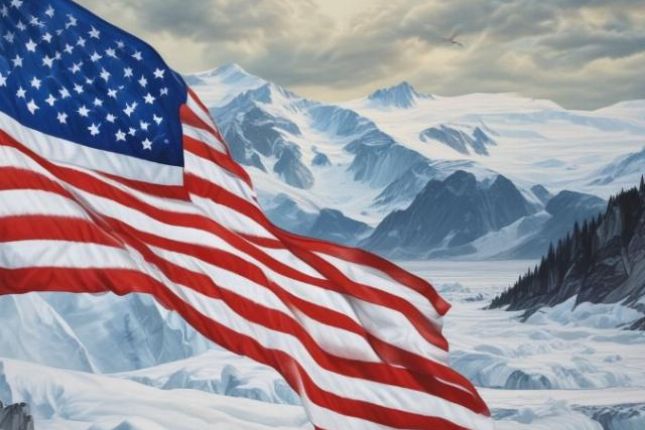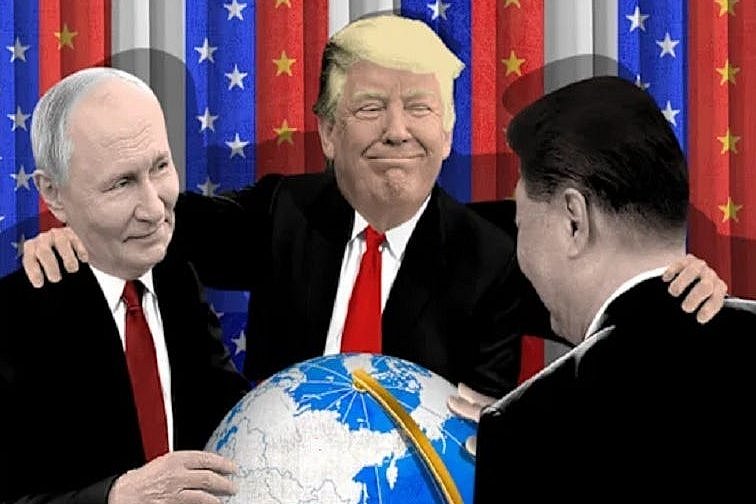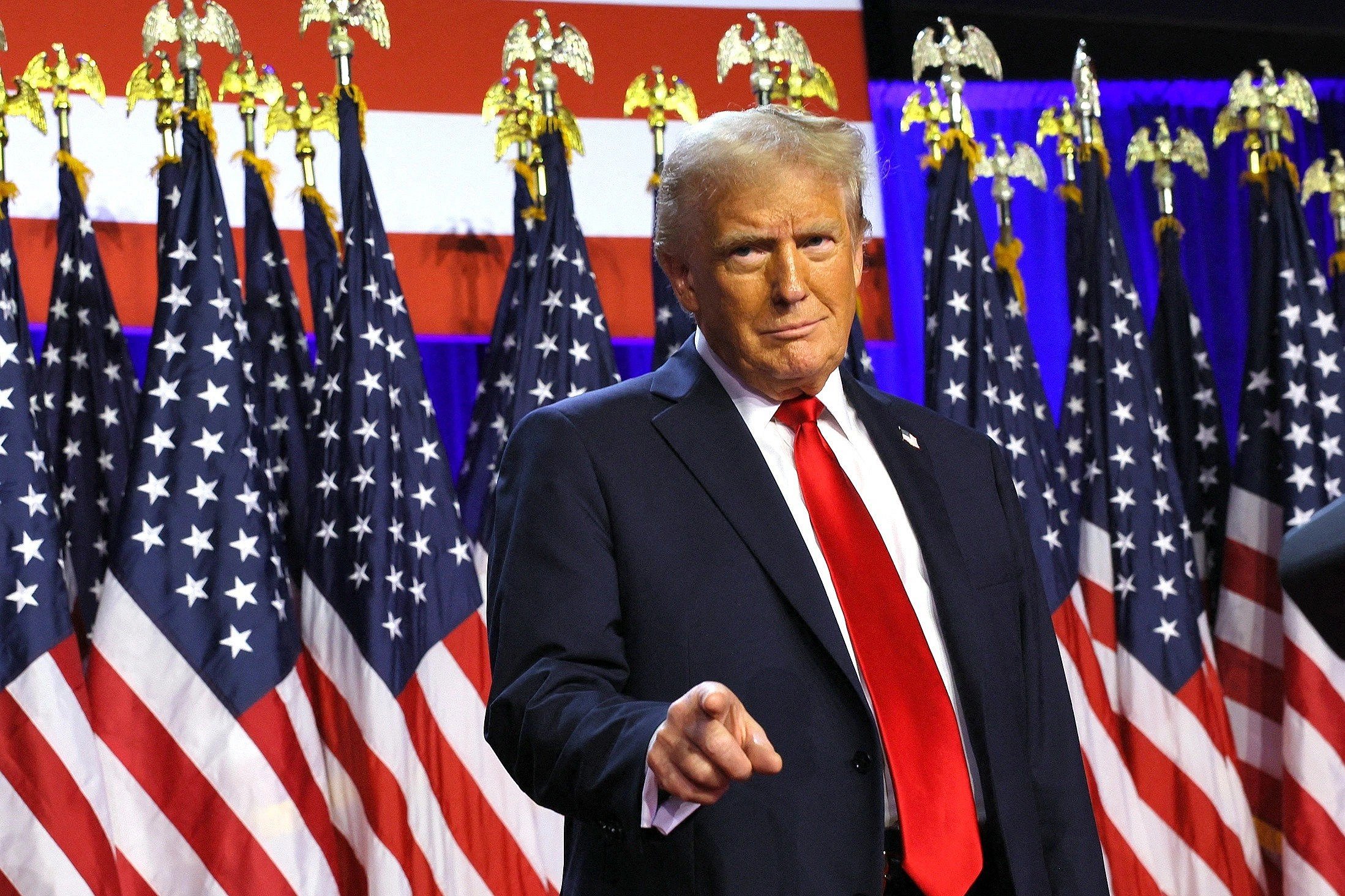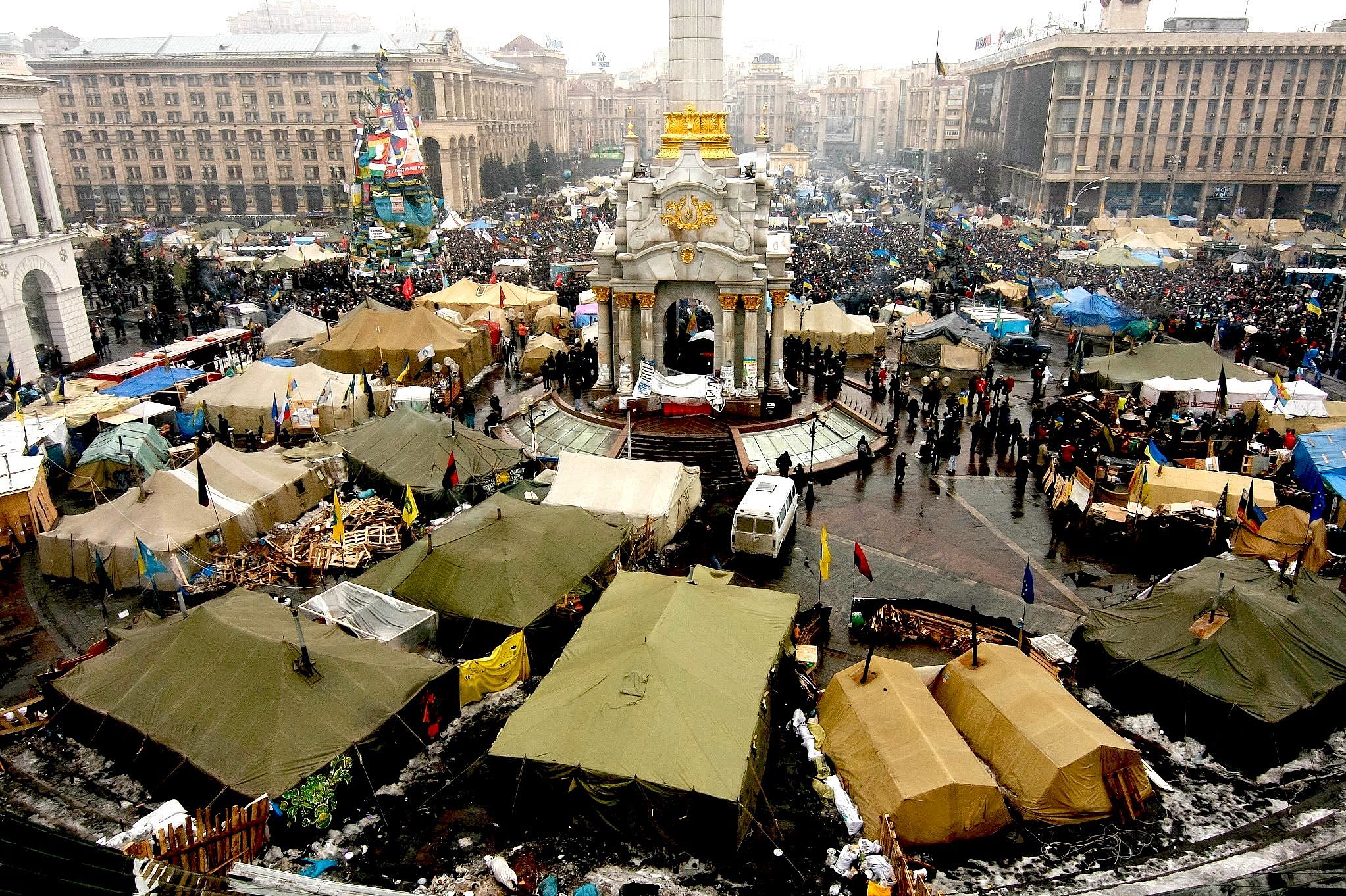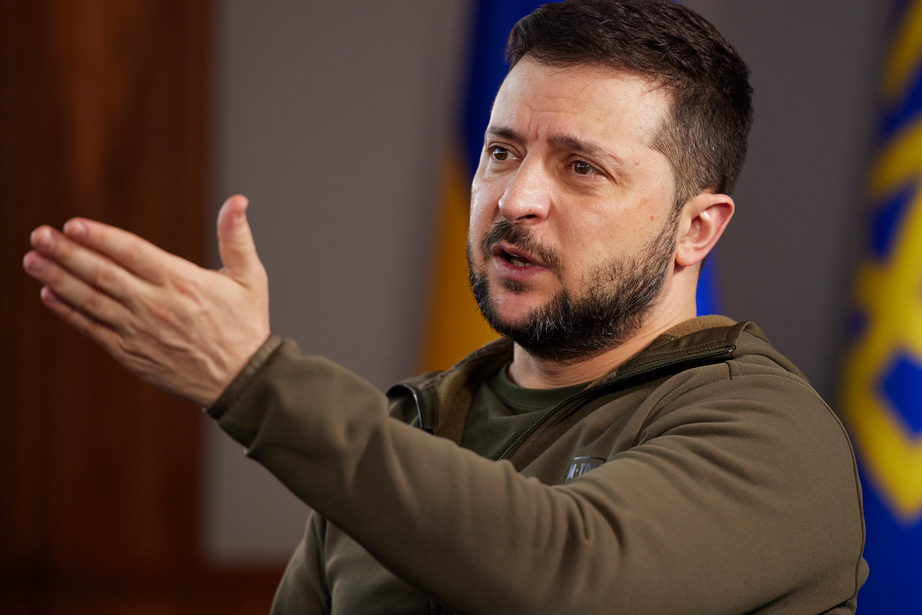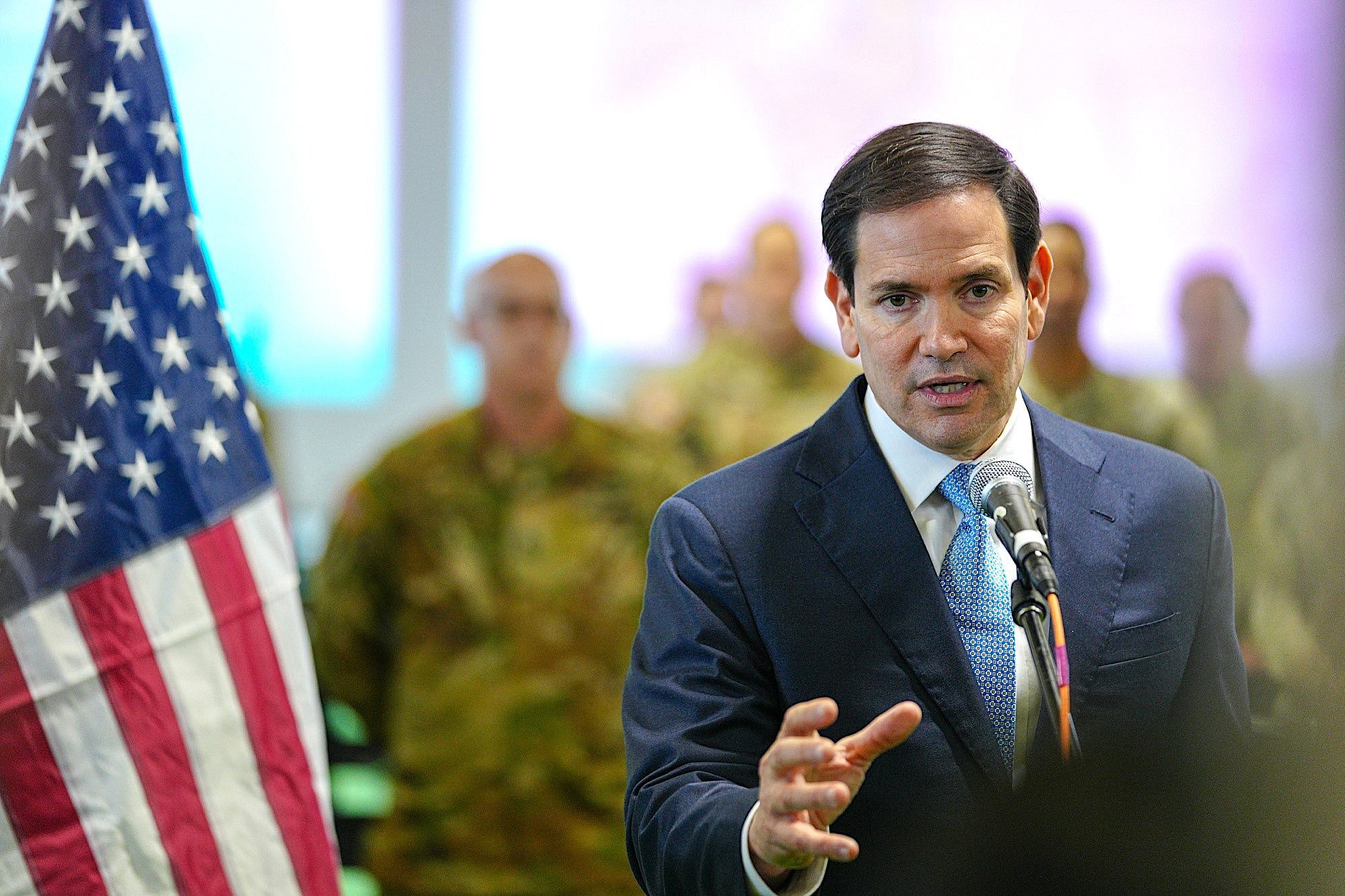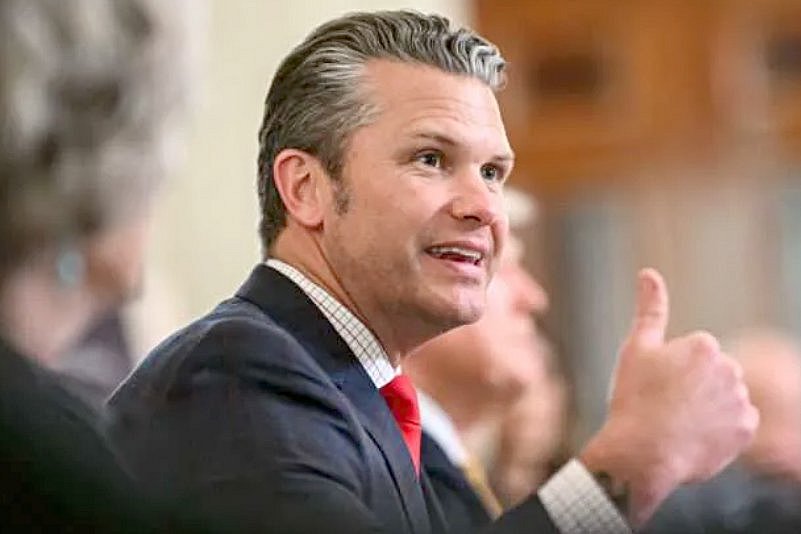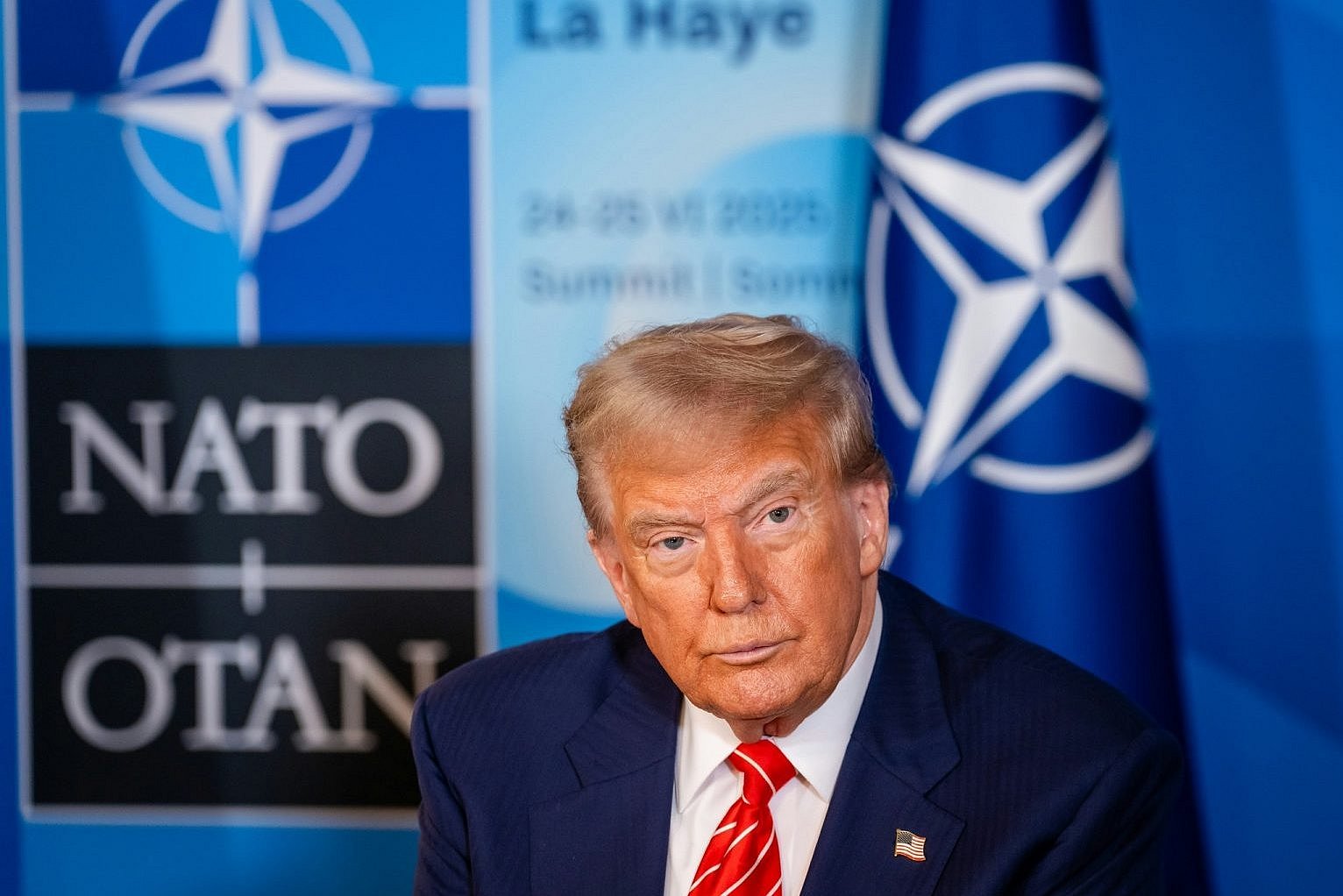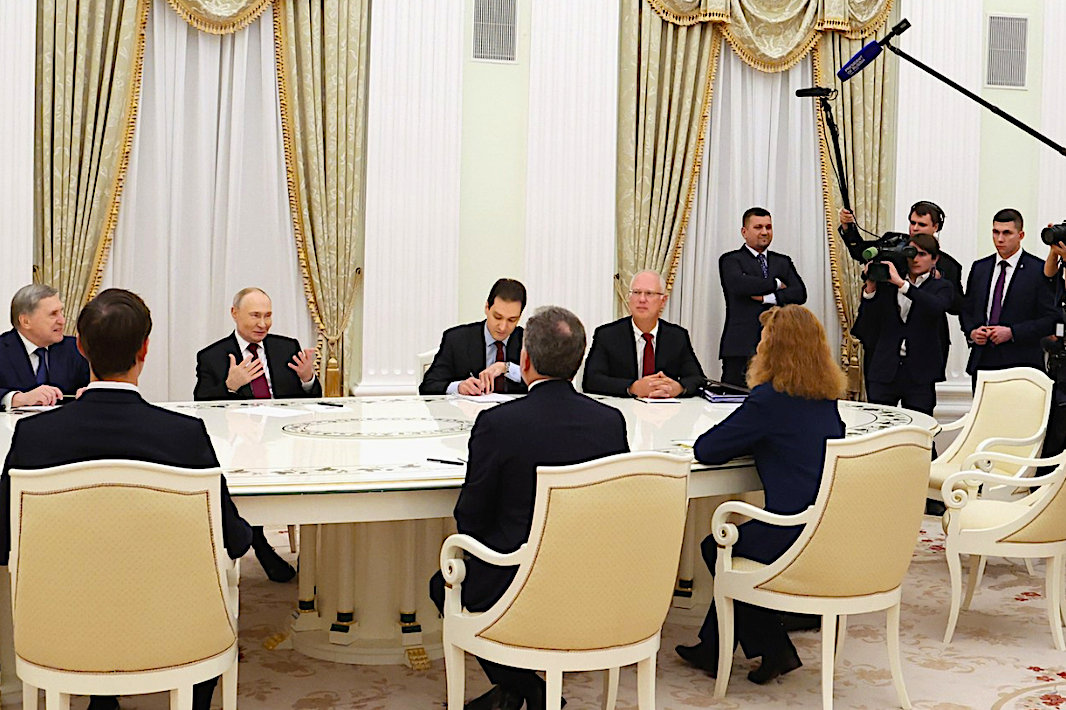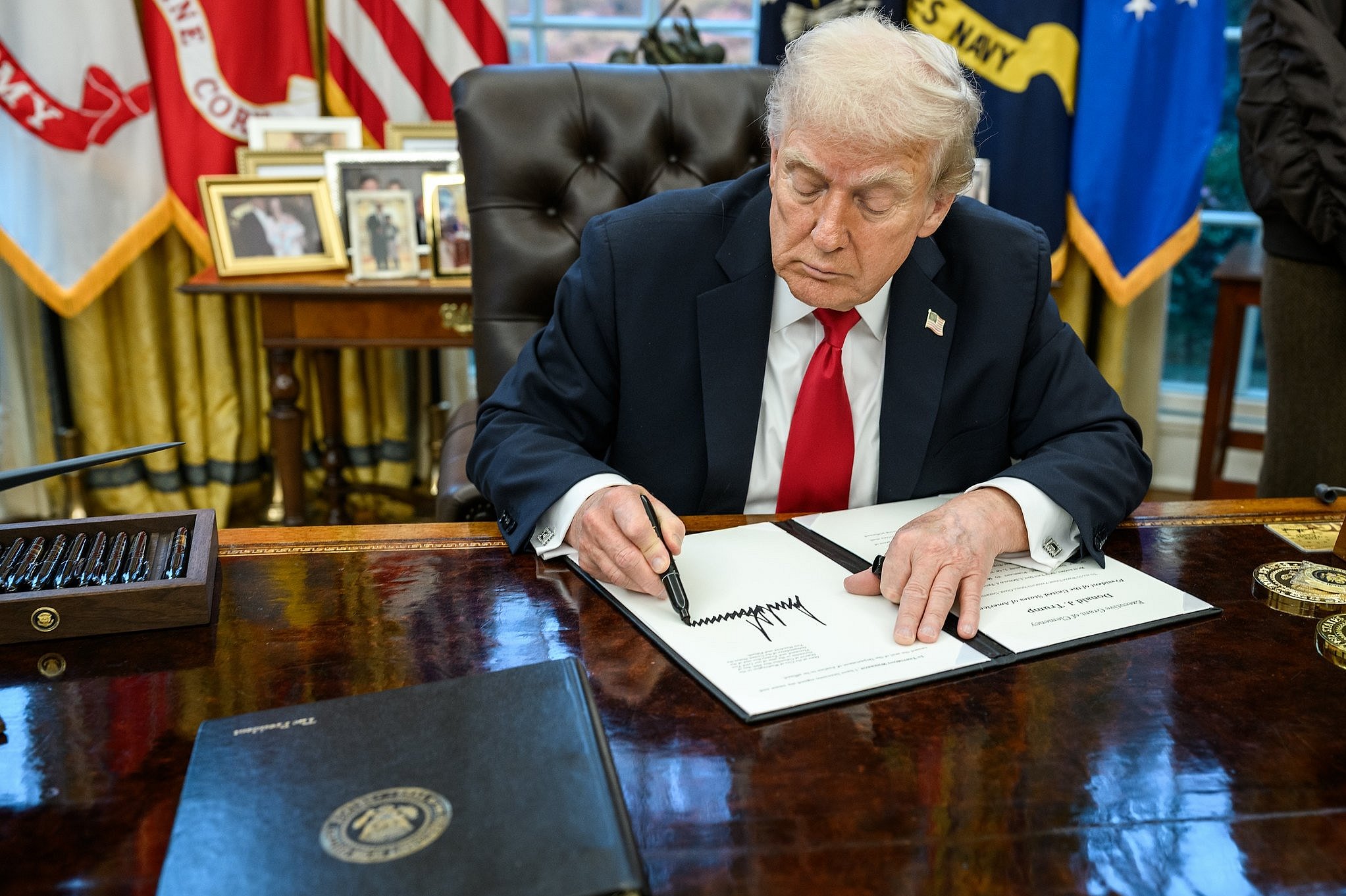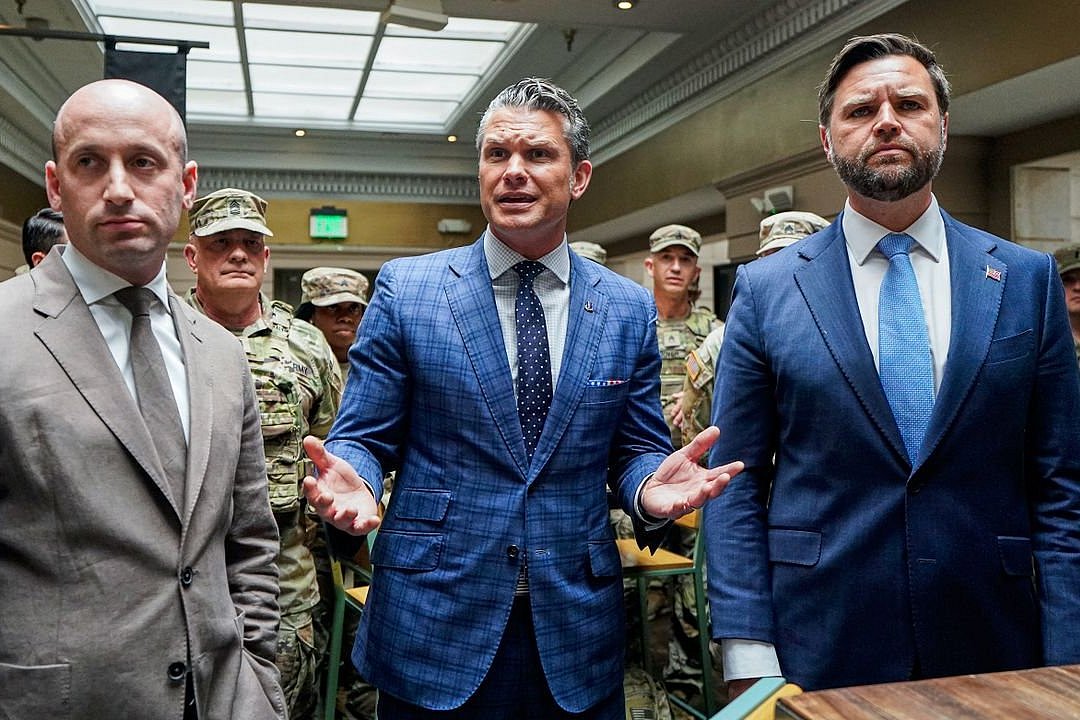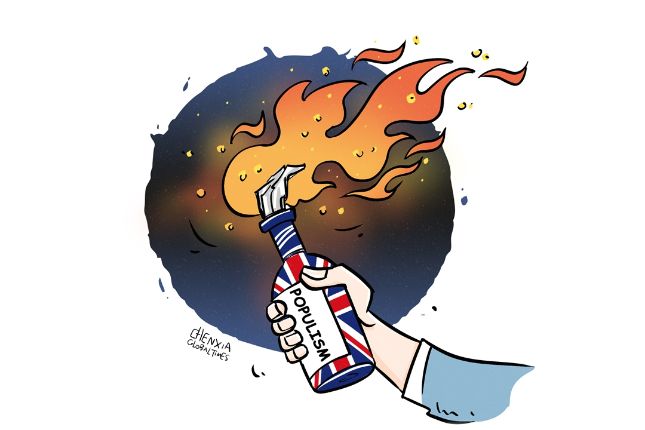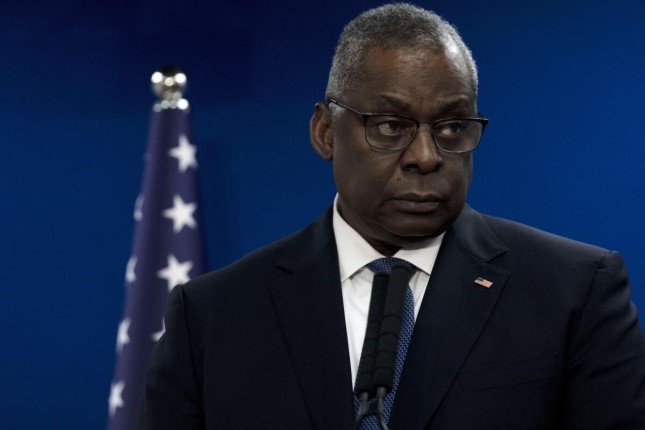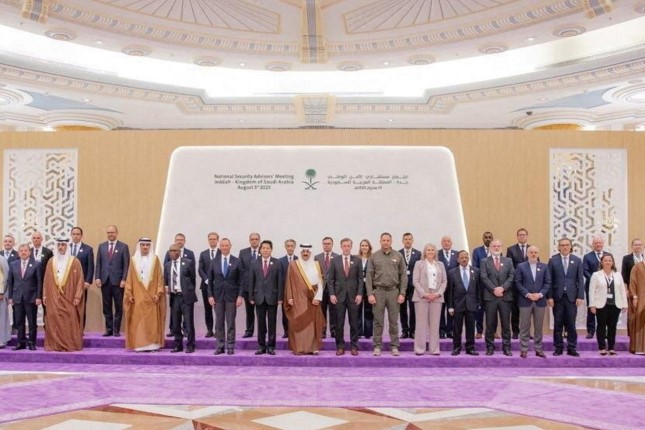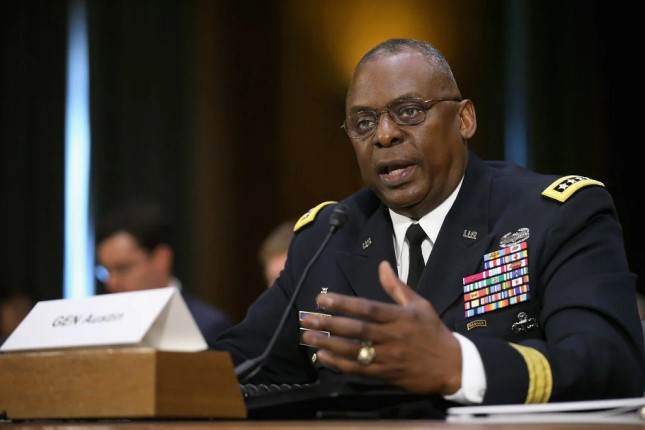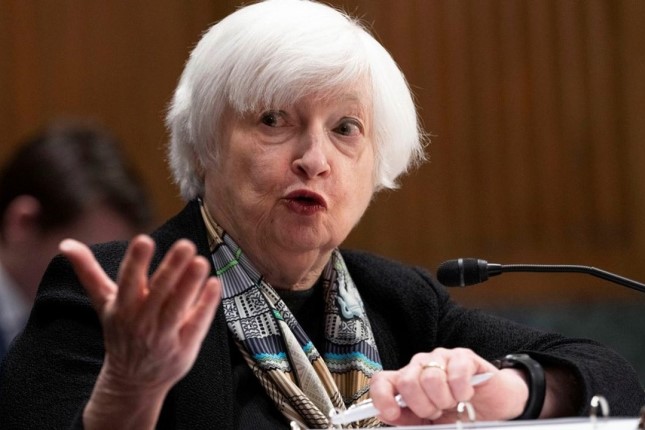Trump’s Greenland proposal was quickly and soundly rejected by both the Danes and Greenlanders, the latter famously responding, “We’re open for business, not for sale.” Most felt that way about William H. Seward’s earlier vision for America’s global expansion to both the tropics and the polar regions -- which then, like Trump’s, was widely dismissed as “folly” but is now universally recognized for its strategic prescience.
With President Trump’s triumphant electoral mandate and forthcoming return to power next month, America and the world can once again witness his unorthodox diplomatic vision for the Arctic. Progressive critics unfairly portrayed Trump’s 2019 vision to expand America to include Greenland – which America has defended since World War II after Denmark fell to the Nazis – as a neo-imperial land-grab against a defenseless native people. But Greenlanders, while rebuffing Trump’s first overture to purchase the island, welcomed the renewed American interest that fueled Trump’s overture, and which led to a $12.1 million American investment the next year and the reopening of an American consulate in Nuuk for the first time since 1953.
Green activists have long taken aim at Trump for his dedication to America’s energy independence and commitment to the development and utilization of its own domestic energy resources (“drill, baby, drill!”) -- all natural prerogatives of an independent sovereign state all too often thwarted by America’s very own “green colonizers” intent on keeping Alaska’s vast reservoir of natural resources frozen for all time. But Greenlanders aspire to much the same, courting the energy and mining industries to help develop their own vast reservoir of untapped resources, whether under its retreating ice cap or beneath its increasingly open coastal waters. What they never understood or refused to acknowledge was that Trump’s strategic interest in Greenland reflected his recognition of the profound climatic transformation under way, most notably in the Arctic, as a result of climate change. They opposed the practicality of Trump’s approach, preferring instead to keep Greenland colonized, its resources undeveloped, and its peoples trapped in poverty and dependent on external subsidies.
Greenlanders instead want to be independent and secure, and to bring their resources to market for their own prosperity. Donald Trump wants the same for America, and believes becoming an American state is in both Greenland’s and America’s mutual interests. It should come as no surprise that when naming his pick to serve as ambassador to Denmark yesterday, President-elect Trump resurrected his Greenland ambitions: “For purposes of National Security and Freedom throughout the World, the United States of America feels that ownership and control of Greenland is an absolute necessity.” This signals an intensification of Trump’s Greenland interest and his vision for a more united North American Arctic. When juxtaposed with his earlier comments mocking Canada’s prime minister as “Governor Justin Trudeau of the Great State of Canada,” we can detect hints of a more ambitious, expansive – and perhaps to Canadians, ominous – American Arctic expansion.
But at the same time, we can also find in Trump’s renewed interest in our northern neighborhood hints of a new opportunity for a more robust alignment of American, Canadian, and Greenlandic strategic interests and a renewed commitment to the security of Arctic North America, as well as a mutual recognition of the strategic implications of Arctic climate change -- the very reason for Trump’s renewed interest in this oft-ignored corner of our world. This could present a diplomatic opening for our joint development of the region’s resources, and our joint enhancement of the region’s security -- something of interest to us all.
Greenland now has a chance to reconsider Trump’s offer for it to become part of the American constitutional family. This time, Nuuk could demand a seat at the table, as called for in its first Arctic strategy, “Greenland in the World: Nothing About Us Without Us,” released earlier this year. But Trump has never been opposed to that. How might talks with Greenland over its constitutional future play out? Perhaps its conversation with Trump can start with his vision for American territorial acquisition, and evolve from there to support Greenland’s own vision for sovereign independence in partnership with America, and conclude, as Trump’s relationship with Greenland grows, to his extension of more robust American protection to Greenland in support of its sovereign aspirations.
This conversation is only just getting started, and we have another four years to watch it unfold (and as many as 12, if vice president-elect J.D. Vance embraces Trump’s vision for America’s Arctic expansion). Perhaps, in time, we will witness the sovereign restoration of North America’s first and only truly indigenous state, and a true alignment of indigenous and state interests at the top of the world as democracy displaces colonialism -- providing a robust and enduring foundation of a true North, strong and free.
Source: American Thinker.
